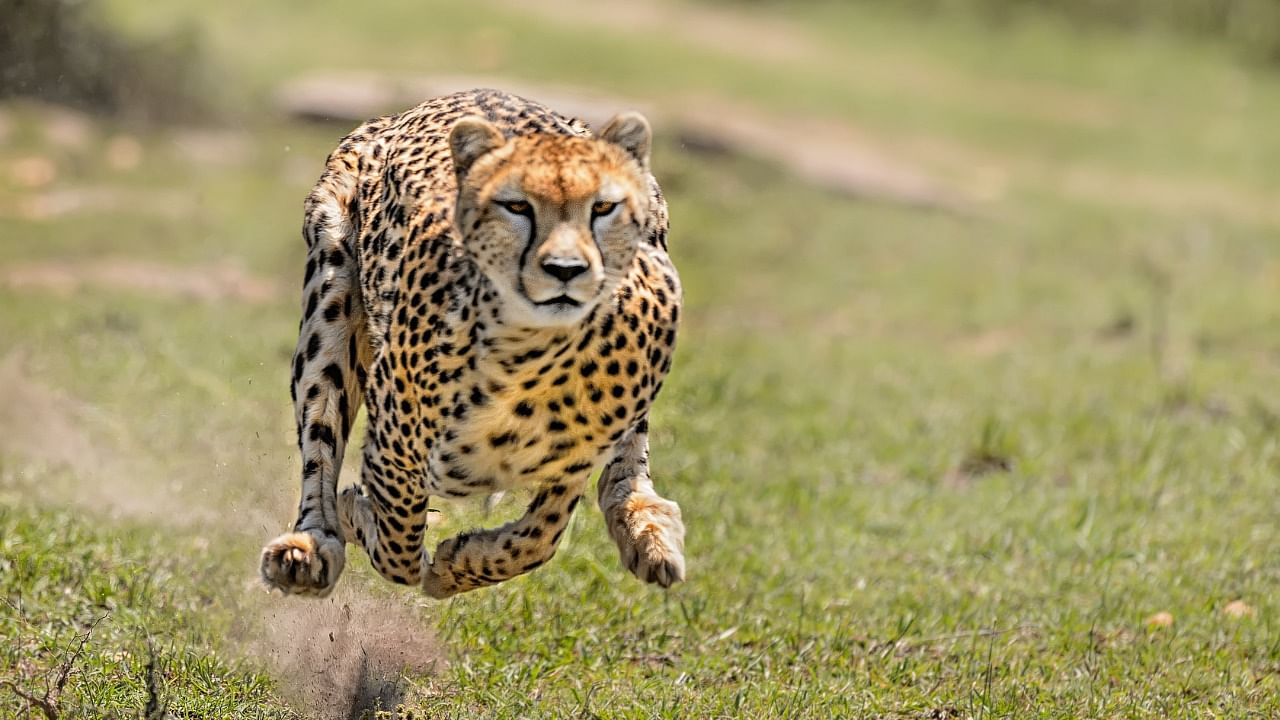
India is likely to have Cheetahs roaming around in a protected forest in central India by August 15, top sources in the Union Environment Ministry said on Tuesday, noting that the first few spotted cats will come from South Africa.
In the first batch, 5-6 animals may be brought before Independence Day as the paperwork is on track. Two technical teams from India have visited the source game park and a South African team will be inspecting the arrangements at Kuno Palpur National Park in Madhya Pradesh next week.
A 10 sq km enclosure for cheetahs has been readied at Kuno to house the animals so that wildlife scientists can check if they are adapting well to the Indian climate and landscape. The plan is to import 32 animals over a period of time.
Earlier this year, the ministry informed the Parliament that Rs 38.7 crore from Project Tiger was allocated for the Cheetah reintroduction project between 2021-22 and 2025-26. An action plan has been released for the project, which was under consideration for more than a decade.
While the environment ministry was in discussions with South Africa and Namibia for the ambitious programme, sources said considerable progress had been made with the South African authorities. The Ministry of External Affairs is now vetting the final agreement before the signing.
The cheetah was declared extinct from India in 1952, four years after the last three known animals were shot in the forests of Koriya district in Chhattisgarh.
The animals meant for translocation would be from a reproductive age group and genetically diverse and disease-free. They would also have to be behaviorally sound - not overly imprinted to humans but tolerant, predator wary, capable of hunting wild prey, and socially tolerant of each other for establishing a new cheetah population.
Sources said for the first time, the environment ministry would come out with a scientific estimation on India’s elephant numbers, replacing the existing jumbo census.
An updated estimation on the numbers of tigers, elephants and leopards will be released in December. The number of lions in the Gir forest has increased by more than 30 per cent since the last census in 2015 to reach around 900.
A second conservation centre for the Great Indian Bustard (GIB) at Ramdevra in Rajasthan is under development as the government gives a push to artificially supplement the breeding of GIB, facing extinction threats. Only about 150 such birds are estimated to be left in the wild.
